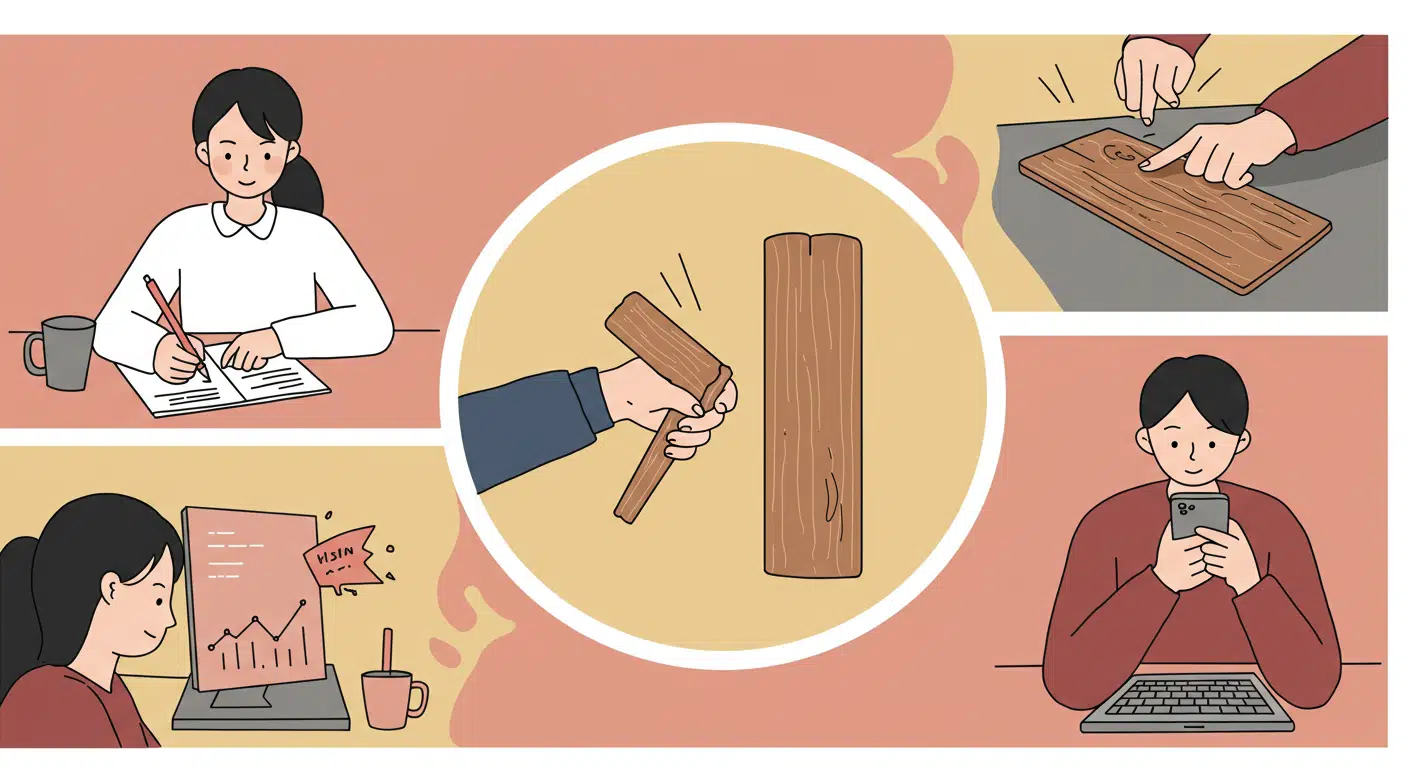Trimming fingernails or toenails after sunset is believed to bring bad luck, illness, or spiritual harm. The practice is discouraged in multiple Asian cultures, each attributing different consequences to nighttime nail-cutting. In Japan, an old saying claims that those who cut nails at night “won’t be with their parents at death,” interpreted as a warning of untimely death. Japanese folklore also associates night nail-cutting with attracting bakeneko—supernatural cat spirits. In India, it is traditionally believed that cutting nails after dark disrupts bodily balance and can lead to poor health or shortened life. In Chinese belief systems, discarded nail clippings left at night may be collected by malevolent spirits for use in black magic. These warnings developed during times when inadequate lighting made nail trimming hazardous and proper disposal of clippings difficult, adding a layer of practical risk to the spiritual concern.

A baby’s future career or fate is predicted by the first object they select during a ceremonial setup.
In several Asian and Eastern European cultures, a traditional ceremony is held for babies usually around their first birthday. Known


